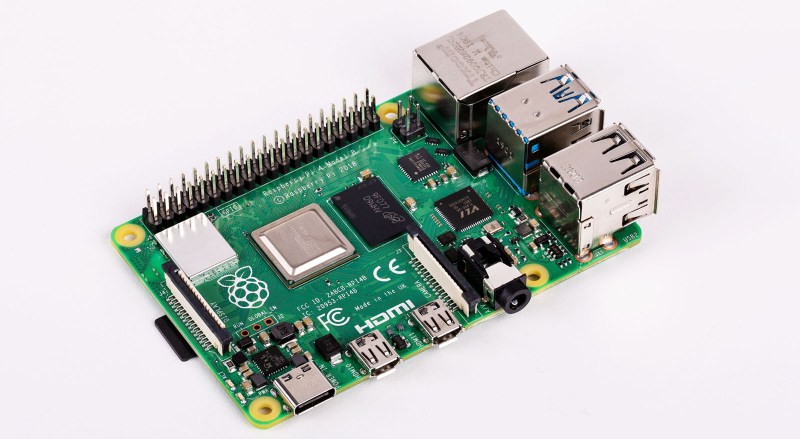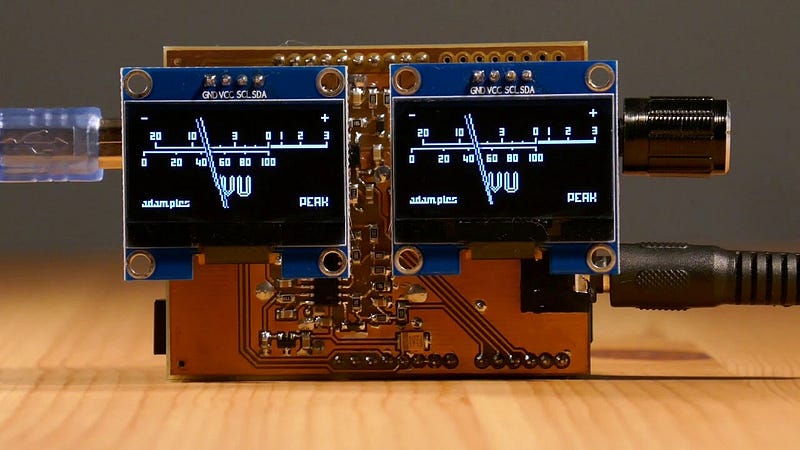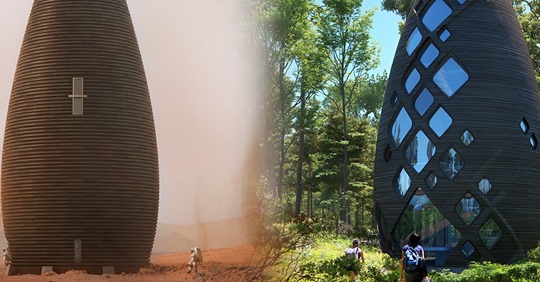Another day.. another Zen 2 leak. This time we have the Ryzen 9 3950X running at a staggering 5.2GHz and completely destroying anything Intel has to offer.
Technology
Is 4GB the Limit for the Raspberry Pi 4?
So you’ve rushed off to your favourite dealer in Raspberry Pi goodies and secured your shiny new Raspberry Pi 4. Maybe you’re anxiously waiting for the postie, or perhaps if you’re lucky enough to live near Cambridge you simply strolled into the Pi shop and bought one over the counter. You’ve got the best of the lot, the 4 GB model, and there’s nothing like the feeling of having the newest toy before everyone else does.
You open the box, pull out the Pi, and get busy. The instruction leaflet flutters to the floor, ignored and forgotten. If you’re our tipster [Eric van Zandvoort] though, you read it, notice something unexpected, and send a scan to your friends at Hackaday. Because there at the top, in the regulatory compliance information that nobody reads, is the following text:
Product name: Raspberry Pi 4 Model B 1 GB, 2 GB, 4 GB + 8 GB variants.

AMD Ryzen 3000: Overview of all upcoming X570 motherboards
With Ryzen 3000 a new motherboard generation is coming. The start is made by models with the X570 high-end chipset. We compare all motherboards.

Raspberry Pi 4 Model B
Raspberry Pi 4B review, including the hardware specs of this new single board computer, and a demo running the latest version of Raspbian. With thanks to the Raspberry Pi Foundation for supplying the board featured in this video.
Introducing Raspberry Pi 4! + interview with a Raspberry Pi engineer
The brand new Raspberry Pi 4 is here! With up to 4GB of RAM, 4K HDMI video, Gigabit Ethernet, USB 3.0, and USB C, it is the ultimate Raspberry Pi. We talk to Raspberry Pi hardware lead James Adams about its amazing performance. Read our full specs breakdown here: http://magpi.cc/benchmarks
Raspberry Pi 4 Just Released: Faster CPU, More Memory, Dual HDMI Ports
The Raspberry Pi 4 was just released. This is the newest version of the Raspberry Pi and offers a better CPU and more memory than the Raspberry Pi 3, dual HDMI outputs, better USB and Ethernet performance, and will remain in production until January, 2026.
There are three varieties of the Raspberry Pi 4 — one with 1GB of RAM, one with 2GB, and one with 4GB of RAM — available for $35, $45, and $55, respectively. There’s a video for this Raspberry Pi launch, and all of the details are on the Raspberry Pi 4 website (link will be updated when available).
A Better CPU, Better Graphics, and More Memory
The CPU on the new and improved Raspberry Pi 4 is a significant upgrade. While the Raspberry Pi 3 featured a Broadcom BCM2837 SoC (4× ARM Cortex-A53 running at 1.2GHz) the new board has a Broadcom BCM2711 SoC (a quad-core Cortex-A72 running at 1.5GHz). The press literature says this provides desktop performance comparable to entry-level x86 systems.
Of note, the new Raspberry Pi 4 features not one but two HDMI ports, albeit in a micro HDMI format. This allows for dual-display support at up to 4k60p. Graphics power includes H.265 4k60 decode, H.264 1080p60 decode, 1080p30 encode, with support for OpenGL ES, 3.0 graphics. As with all Raspberry Pis, there’s a component video port as well tucked inside the audio port. The 2-lane MIPI DSI display port and 2-lane MIPI CSI camera port remain from the Raspberry Pi 3.
Smooth VU Meter Output on Two Tiny OLED Screens
Music can soothe the soul… or something like that, but adding visual feedback in the form of a VU meter, according Adam Ples, brings “a little magic to any audio equipment.” His setup allows you to add this effect without dealing with actual physical needles that bounce back and forth to the tunes, instead subbing in a pair of OLED modules with SSD1306 or SH1106 drivers.

Look inside the 3D-printed Mars home that NASA awarded $500,000
When you think of future Martian habitats, what do they look like? A squat, half buried, windowless dome? A glorified fallout shelter? Or … how about … this? This is Marsha. Designed by AI SpaceFactory. It has windows, multiple floors, private rooms, and even a skylight. But best of all? NASA loves it.
The rocket scientists and engineers at NASA are pros when it comes to landing robots on Mars. And they’re figuring out how to get humans there next. But when it comes to living on Mars? Well, they decided to ask the public for help. In the 2010s, NASA launched its 3-D Printed Habitat Challenge. Over the years, its held multiple stages of the phases of the challenge that started with virtual designs and has since progressed to full-fledged 3-D printed models.


